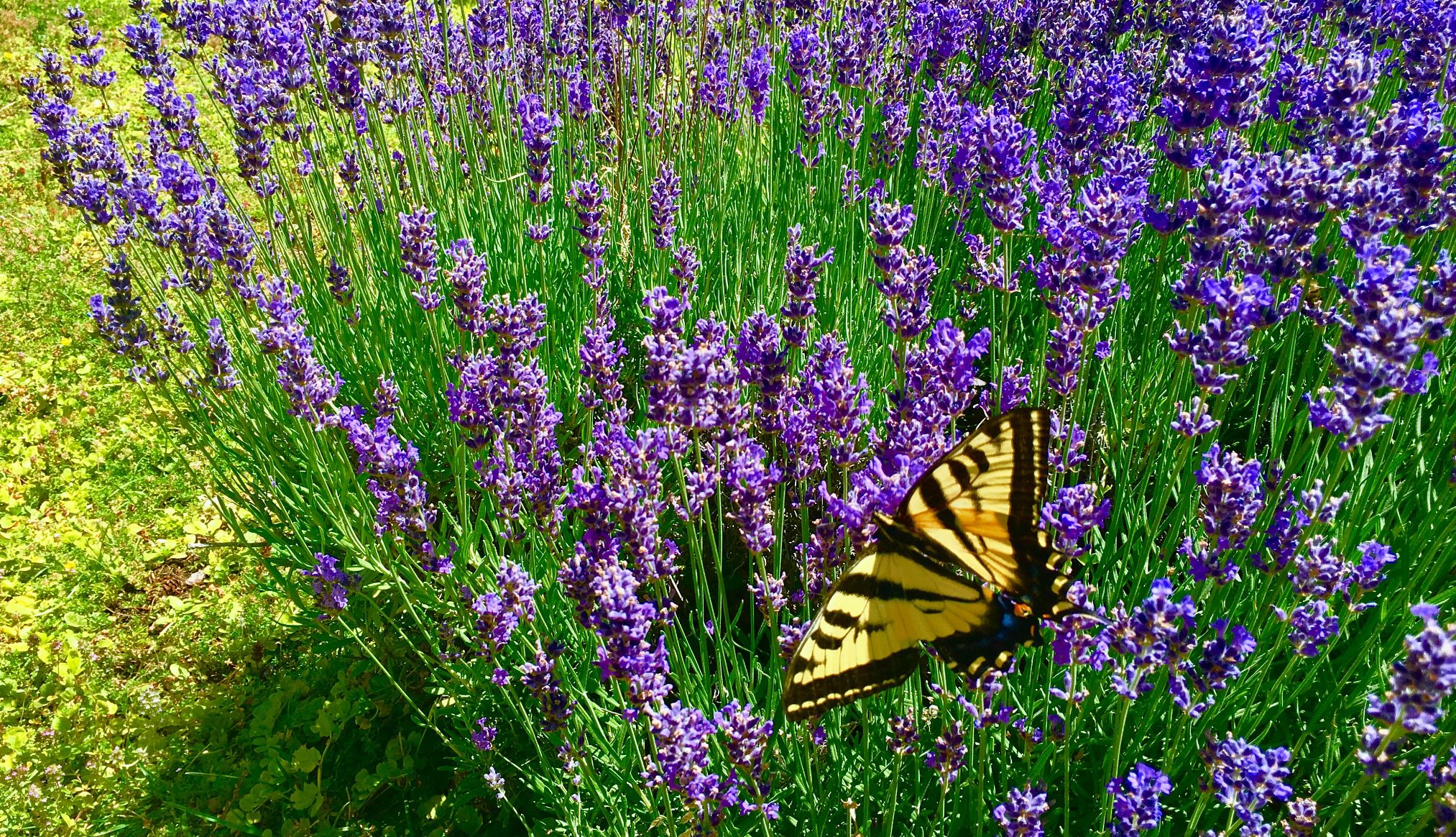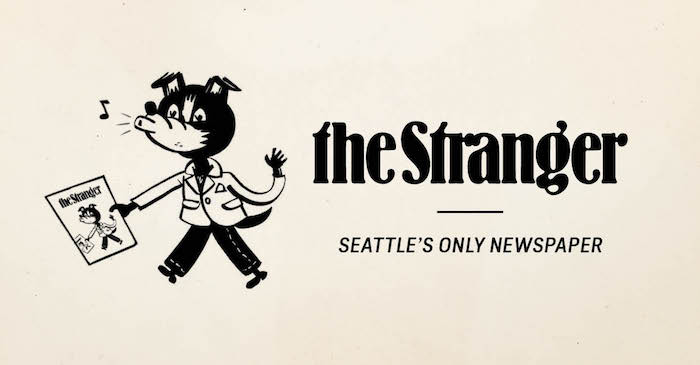
- Select a language for the TTS:
- UK English Female
- UK English Male
- US English Female
- US English Male
- Australian Female
- Australian Male
- Language selected: (auto detect) - EN
Play all audios:
There are easy ways to create habitats and food sources for pollinators, such as bees, birds and butterflies — and great reasons to do it. “By creating a creature-friendly garden, you are
creating a network or a web of relationships that support biodiversity and lead to ecosystem health,” says Lorraine Johnson, gardening expert, cultivation activist and coauthor of _A
Northern Gardener’s Guide to Native Plants and Pollinators: Creating Habitat in the Northeast, Great Lakes and Upper Midwest_. Pollinators feast on the nectar and pollen of plants as well as
snack on caterpillars and insects. “If you’re going to have a vibrant garden, you’re going to have birdsong ... bees buzzing ... butterflies fluttering [and] hummingbirds darting around,
but you’re also going to have caterpillars and things like that, that will eat your plants,” says Rhonda Fleming Hayes, garden expert and author of _Pollinator Friendly Gardening: Gardening
for Bees, Butterflies and Other Pollinators_. Here’s how to cultivate a buzzworthy garden. GROW NATIVE PLANTS One of the best ways to help pollinators is to grow native plants because they
create food and shelter for pollinators. Why? Your local pollinators have evolved right along with the plants so they depend on each other, says Deborah Landau, director of ecological
management for The Nature Conservancy’s Maryland/DC chapter. “Some insects might be queued to emerge and become active right when that food source is available,” she adds. Not sure what
plants are native to your area? Visit Homegrown National Park native plants finder or Audubon native plant database for what thrives in your geographical region. But also take the time to
research what native plants will do well in your specific garden’s conditions, says Hayes. Landau adds that it’s also a good idea to go slowly when introducing native plants. “Start small,
start diverse and plant a variety of different natives and see what happens. Some will thrive, some will disappear — let your yard tell you what works.” Getty Images/iStockphoto CREATE GOOD
HOMES FOR BUTTERFLY EGGS AND CATERPILLARS While plants that provide nectar and pollen are important, you also want to make sure there are plants that can act as habitats for butterflies to
lay their eggs and support caterpillars. A classic example is the monarch butterfly, which depends solely on milkweed as a larval (the developmental stage) host plant. Milkweed is the only
plant that supports monarch eggs and caterpillars. Some butterflies rely on several larval host plants where they lay their eggs and the caterpillars can eat the leaves. “The best larval
host plants [for most butterflies] as far as flowering plants would be milkweed, anything in the mallow family, like hollyhocks and perennial hibiscus,” says Hayes. She adds any in the wild
carrot family, such as dill, parsley and fennel are good too. Landau says many nonnative plants will attract butterflies, but if they don’t support them through the life cycle (feed
caterpillars when they hatch) then you’re actually starving them to death in the life cycle and providing a false sense of habitat. Butterflies are attracted to butterfly bush for the
nectar, for example, but it isn’t native to North America, nor is it a larval host plant. When a female butterfly lays her eggs, the caterpillars won’t survive because it’s not the right
type of leaves for them to eat.






